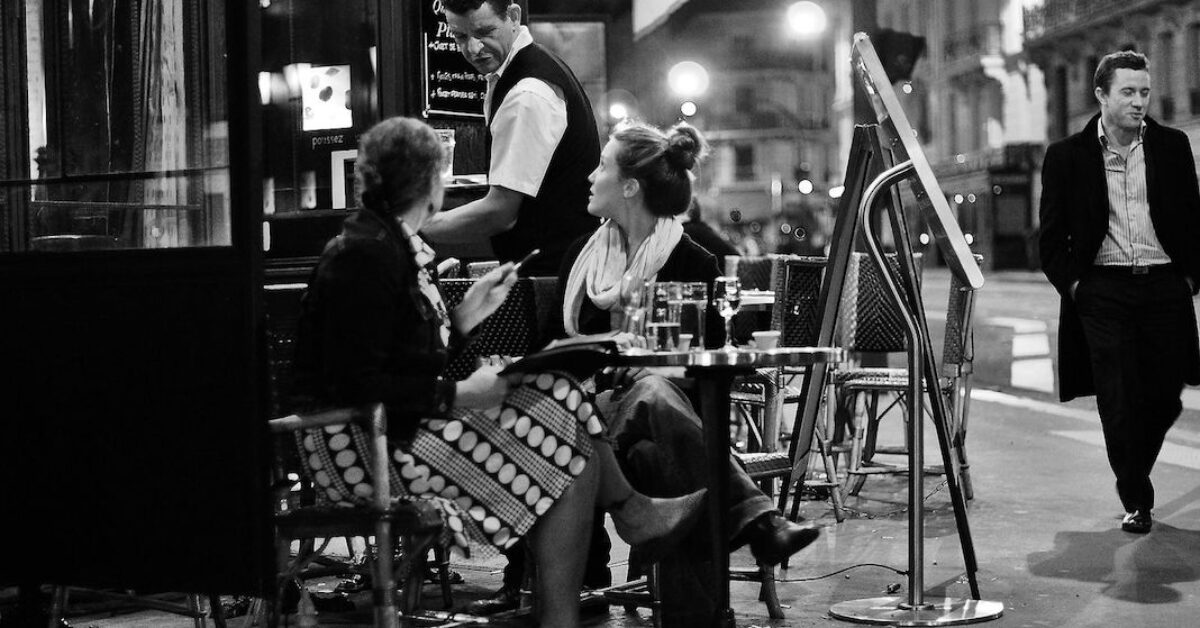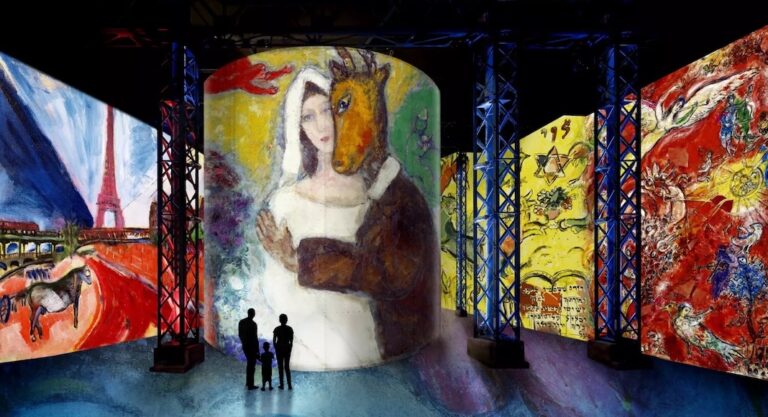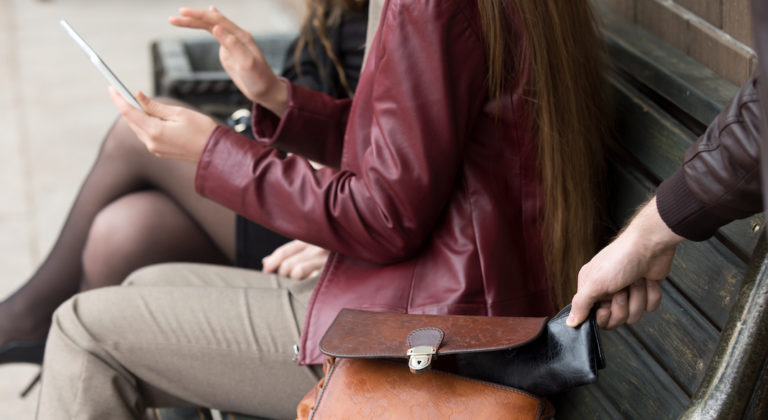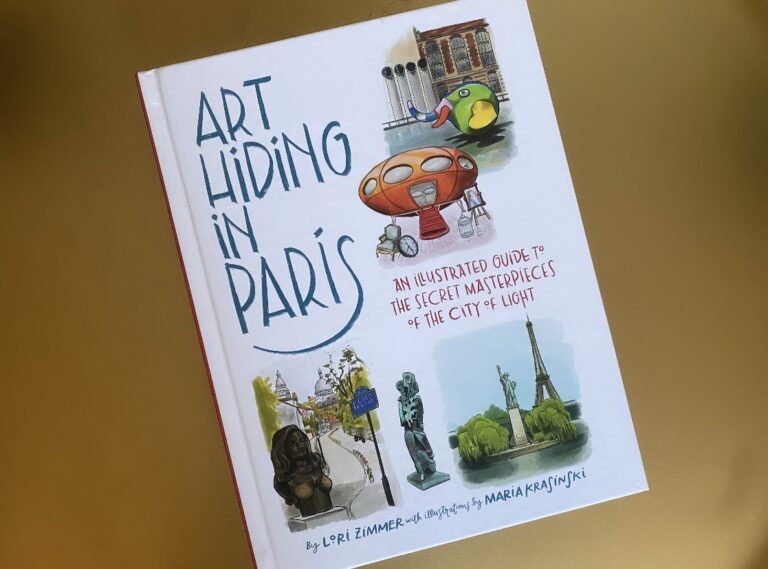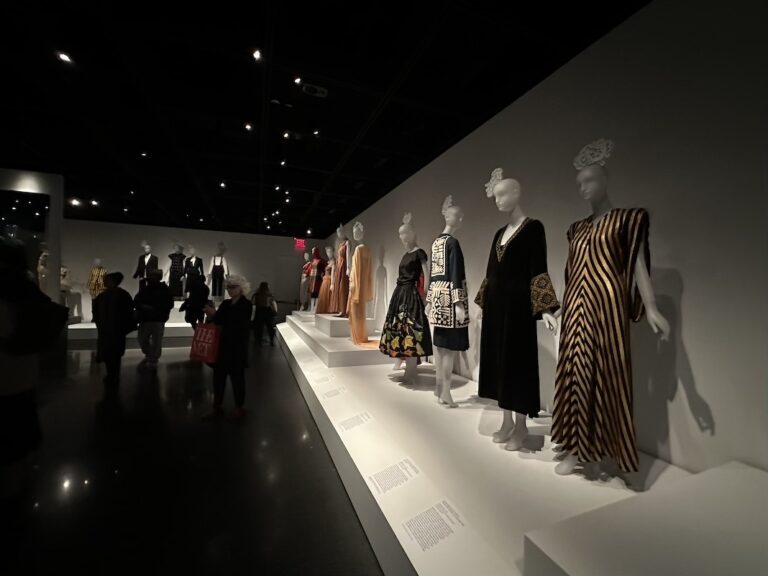The Beat Poets are on the road again.
Until October 3rd, the Centre Pompidou is hosting an exhibition to celebrate the travels that inspired these infamous artists, from their auspicious meeting in New York to Paris via California and Tangier.
Accused of creating the 1950s American counter culture, the Beat Poets were punished with the nickname “Beatniks”, a combination of the words Beat and Sputnik. In spite of producing critically acclaimed work, their ideologies, including an open defense of gay rights and frequent use of psychedelic drugs, were deemed un-American and “possibly pro-communist” in an era of Cold War McCarthyism.
Feared and hated at home, the Beats nurtured a romantic vision of Europe, inspired by the success of prior generations of avant garde artists. One by one, they left for Paris, eventually forming a tight-knit artistic and social community. The first to arrive was Allen Ginsberg, after his iconic poem “Howl” (1956) was put on trial for obscenity. As soon as the court dismissed the case in October 1957, Ginsburg and his lover Peter Orlovsky relocated to carry on the tradition of la vie bohème of the 1920s Lost Generation.
Ginsburg and Orlovsky stayed in the Quartier Latin in a hotel at 9, rue Gît-le-Cœur, which to this day is known as the Beat Hotel The owner Madame Rachou, was known to be benevolent to young artists, frequently accepting artwork as rent payment. In the years before Ginsburg’s work was translated, this meager exchange kept him alive. Under Rachou’s patronage, Ginsburg wrote and published his seminal poem, Kaddish, about the life and 1959 death of his mother Naomi Ginsburg.
Paris proved extraordinarily fruitful for the Beats. It is where Gregory Corso wrote his famous poem, Bomb, in only four days, and where Brion Gysin and Ian Sommerville built the “Dream Machine“, a hallucination-inducing interactive sculpture. The tight expat community allowed for frequent collaborations. In 1958, William S. Burroughs arrived at the Beat Hotel, carrying a fragmentary manuscript of drug-induced notes. Inspired by Gysin’s decoupé technique, and with the help of Ginsburg and Kerouac, Burroughs developed these notes into his revolutionary non-linear novel, Naked Lunch.
Though not solely dedicated to the Paris years, the Pompidou exhibition draws a clear link between time spent in Paris, and the success of the Beat Poets. The encouragement from French culture and French allies allowed the Beats to continue their influence on America from afar with the rise of the Hippy movement.
But the relationship between Paris and the Beats was one of mutual affection: the exhibit connects the Beats with momentous events in French cultural history, including the May 1968 Student Riots. To show solidarity, the Pompidou also features work by French contemporary collaborators, including writer Jean-Jacques Lebel, photographer Bernard Plossu, and musician Michel Polnareff.
Beat Generation at the Centre Pompidou in Paris until October 3rd, 2016.

